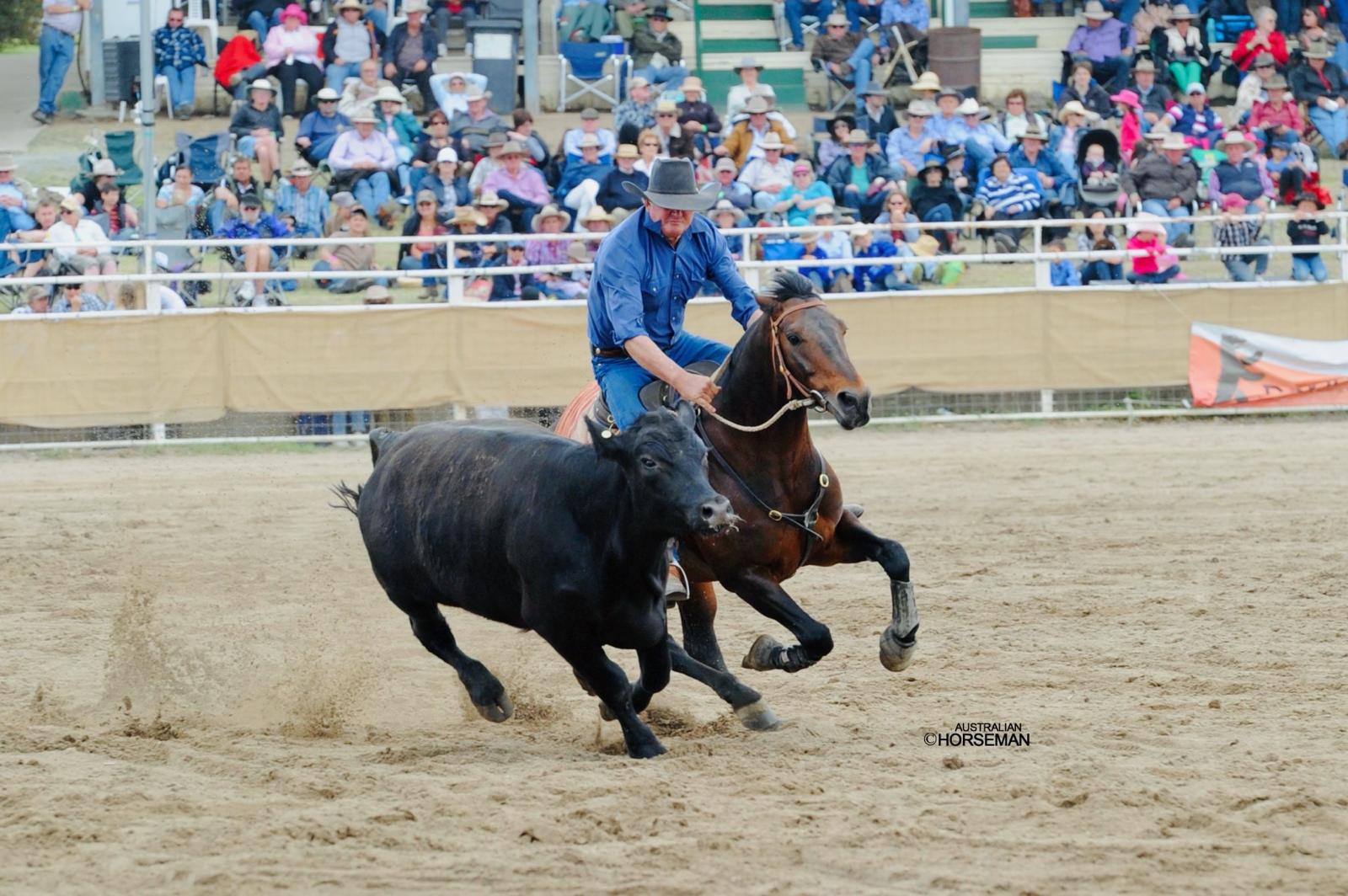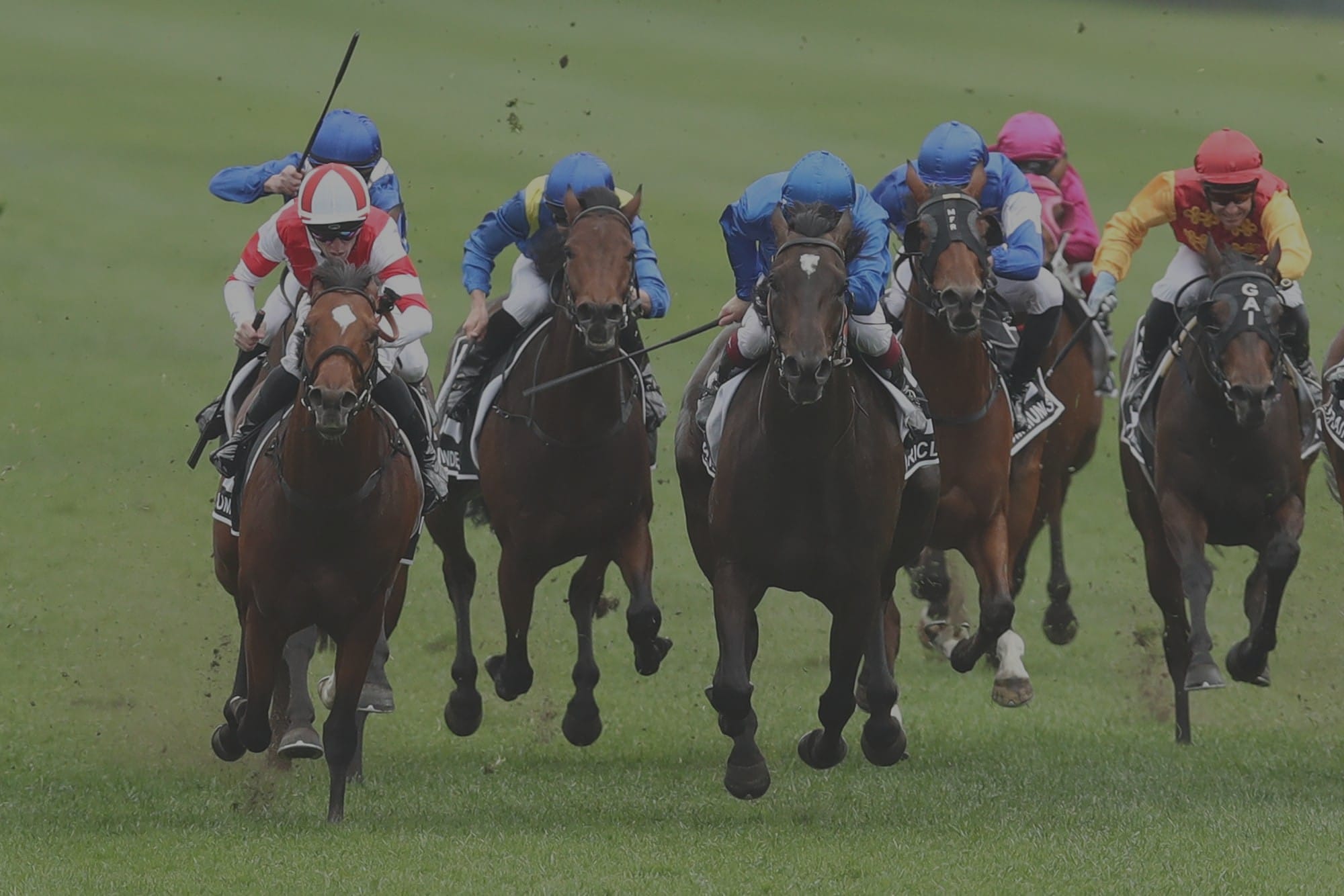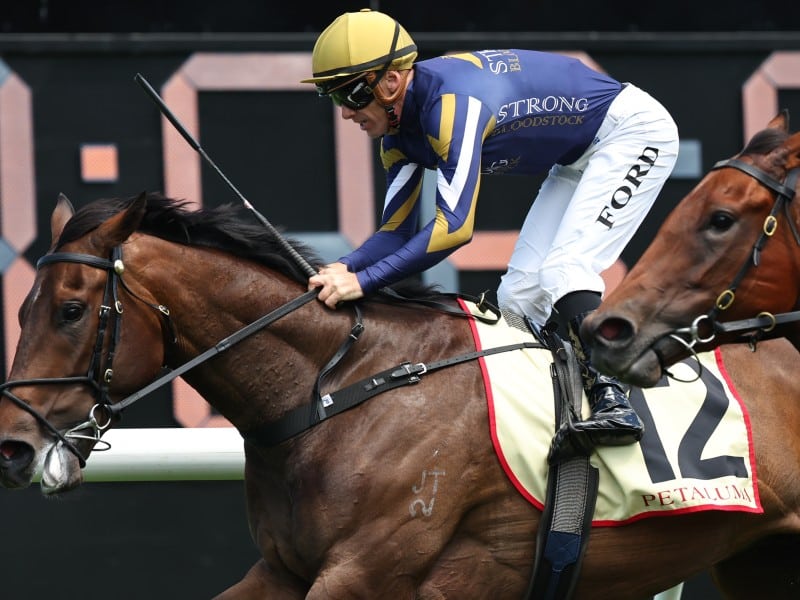‘The tall are getting taller and the small are getting smaller’ – The changing state of Australia’s stallion farms
The number of farms willing to take on the risk and challenge of standing their stallions is on the decline. Matt Stewart looks at the situation in Victoria, where a couple of studs are trying to buck the trend.

When Christoph Bruechert arrived at the Mornington Peninsula in the early 1990s to start breeding racehorses, he was surrounded by like-minded neighbours.
Victoria was littered with family farms, with a few broodmares in the paddock and a stallion “out the back”.
“The Mornington Peninsula was dotted with these farms. One or two stallions with a fairly simple standing arrangement of maybe 40 mares from the farm and 20 outsiders. It’s a very, very different model these days,” Bruechert said.
The simplicity of scale of these farms has been replaced by “a business no longer run by horsemen but by bloodstock agents and slick businessmen”, Bruechert says.
The lower-end breeding operations contributed enormously to the romance of racing. They bucked the system and proved that you don’t “breed” a champion; you pray for one.
Those farms down on the Peninsula are almost gone, crushed mostly by cost. Medium and small-sized operations that had always been part of our racing and breeding ecosystem have been strangled out of the game.
“The tall are getting taller and the small are getting smaller,” said Bruechert, whose Bombora Downs farm on the Peninsula stands as one of the last ‘nan and pop-style’ breeding farms in Victoria. It survives through agistment and foaling down services and the dream that one of its boys might freakishly burst from obscurity.
“If we can get one useful stallion out of our horses, that’s how it works for us. There’s nothing to say one of these stallions won’t pick up a stakes winner in its first crop and then maybe pick up 50 mares. The reality is that mares make stallions and you have to have numbers,” Bruechert said.
Bombora’s “Lucky Seven” – Cape Of Good Hope, Cliff’s Edge, Dandino, De Gaulle, Frankel My Dear, Ka Ying Master and Soul Patch – stand for between $3300 and $8250. They are pitched at the shrinking market of those who breed to race.
Prominent farms such as Rangal Park, Chatswood and Cornwall Park have either closed their doors or reduced or ceased their commitment to stallions. The “stallion out the back” no longer exists.
Wordsmith, who is now decommissioned, was a freak backyard stallion. He shared a Tasmanian farm with sheep and cattle, served mostly Geard family-owned mares and became the greatest Tassie stallion of modern times. Wordsmith, whose progeny was mostly raced by the Geards, was the ultimate anomaly to the wealth and indulgence of high-end commercial breeding.
Bruechert laments the demise of the small breeder.
“It’s a great leveller, this game. No matter how sophisticated the modelling or how much money you have there had always been an opportunity for horses to come from the bottom of the pile. That’s what kept it (the romance) going for so long,” he said.
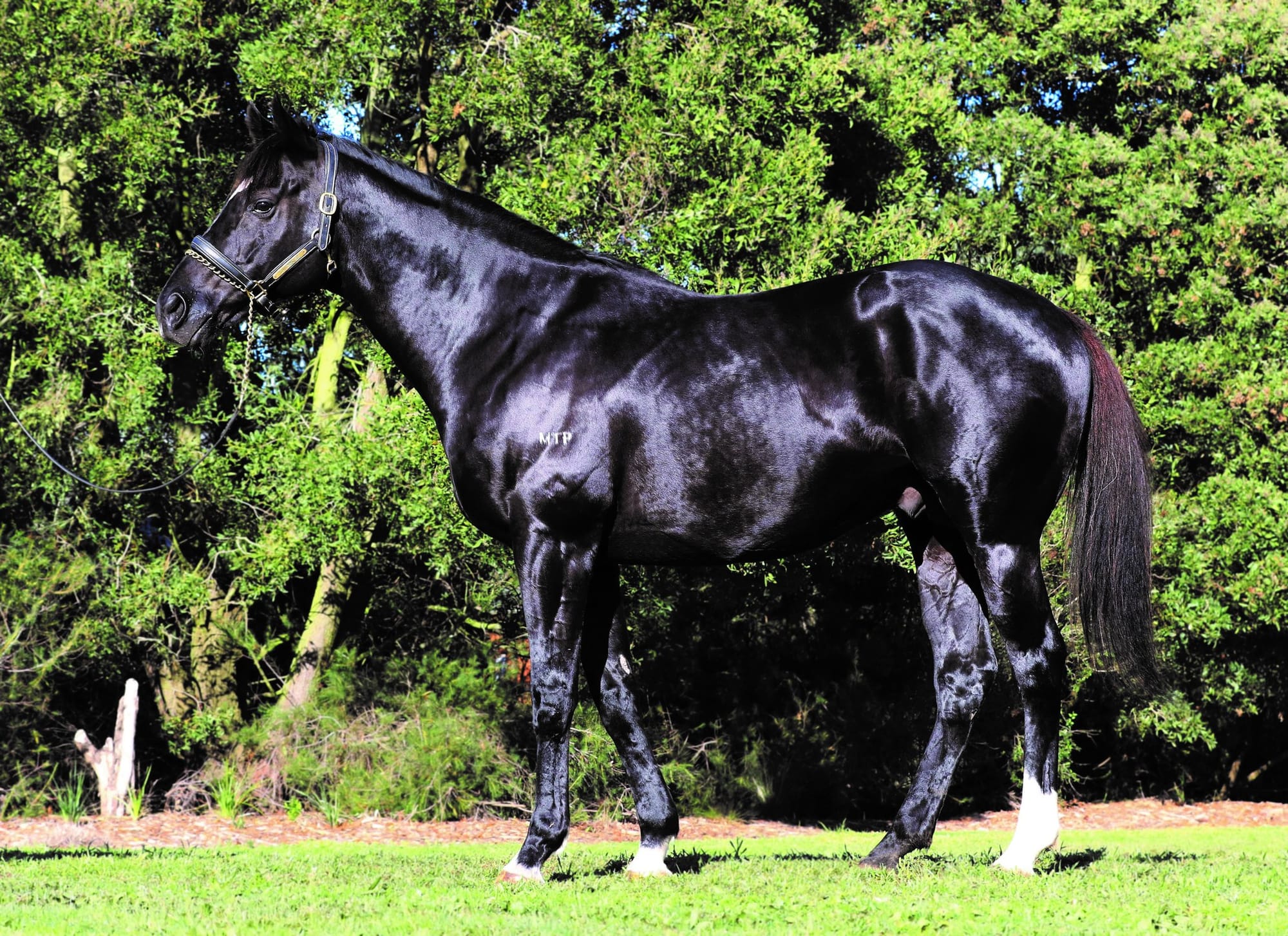

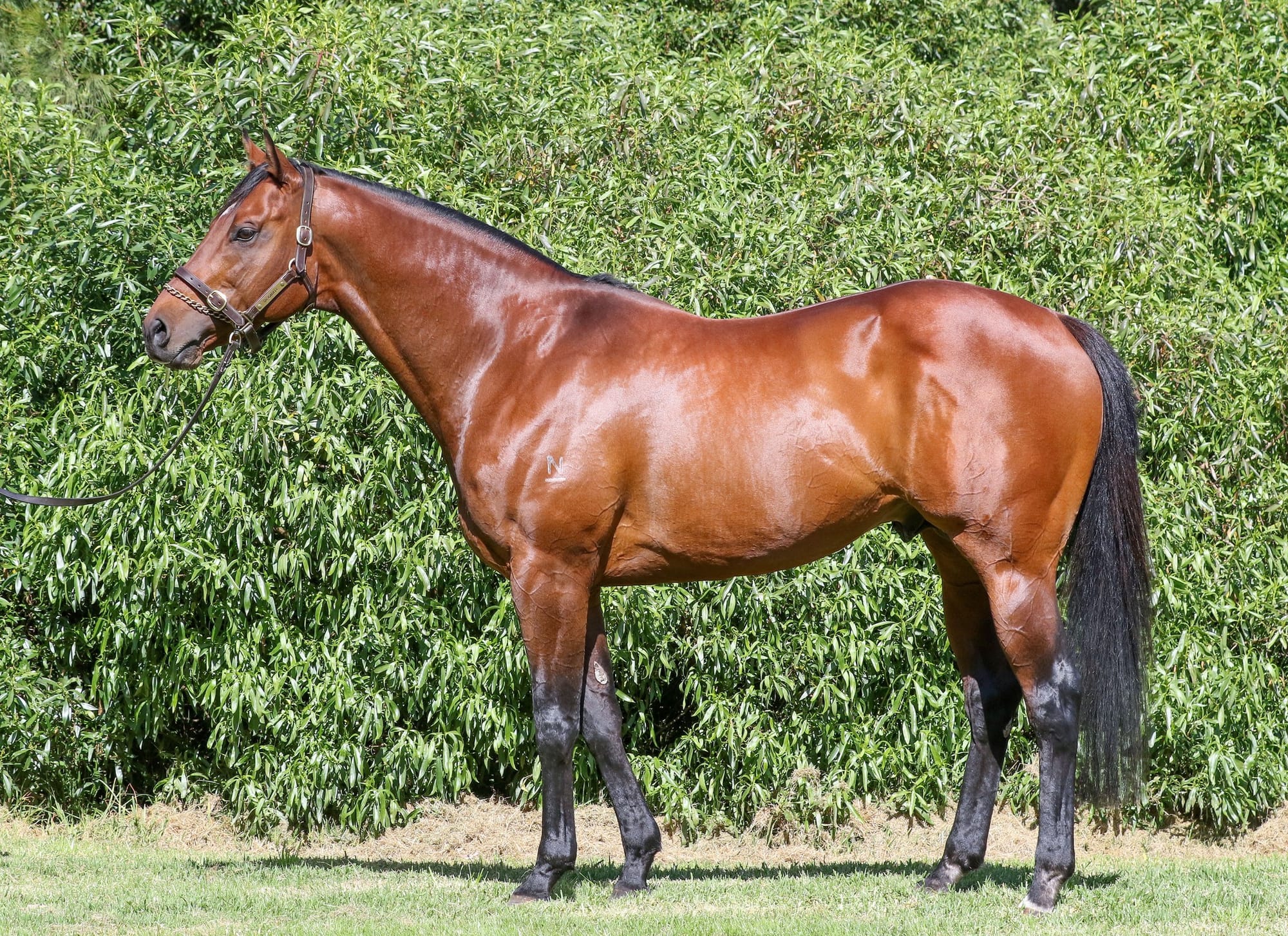
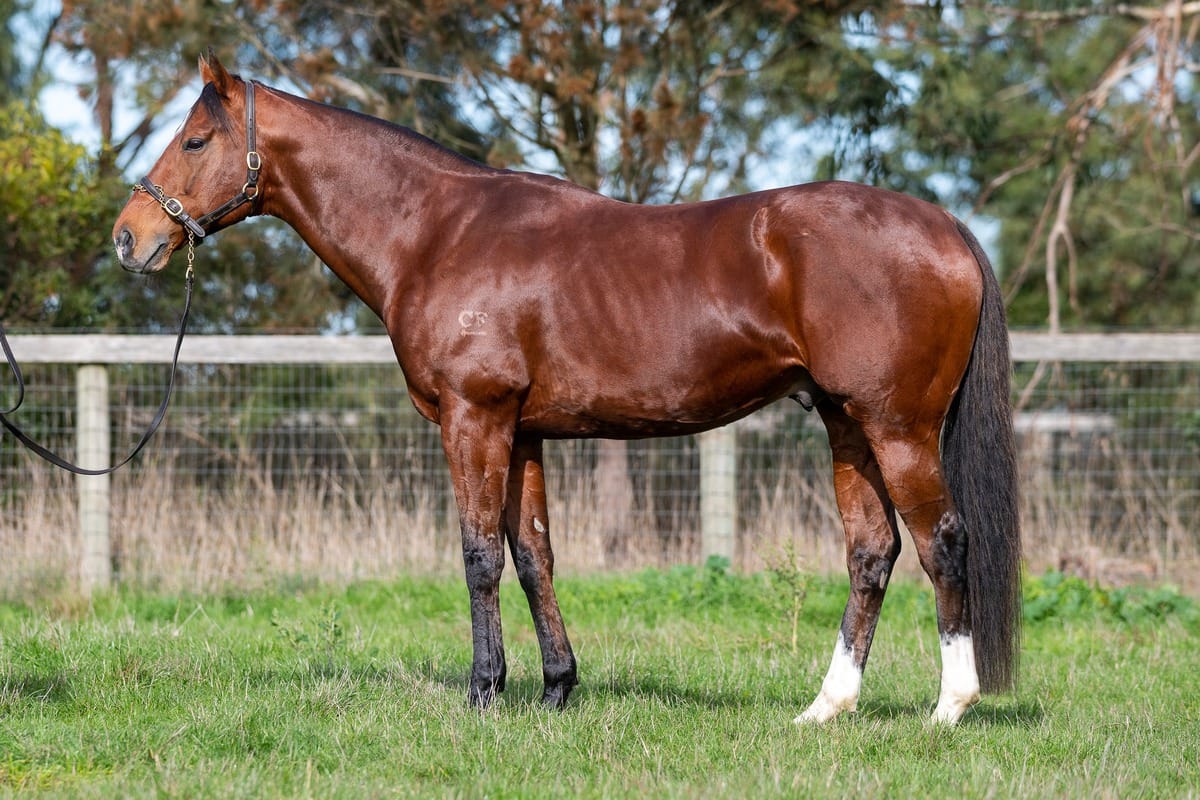
Bomboro Downs stallions trying to defy an industry trend. From top left – Dandino, Cliff’s Edge, De Gaulle and Frankel My Dear. (Photos: Bombora Downs)
“The breed-to-race market has all but disappeared. It has been diminishing in the last 20 years. The global financial crisis was the last nail in the coffin. COVID-19 didn’t help. It became terribly expensive for those breeders; the mums and dads who raced a filly, got her in foal cheaply. There are fewer and fewer around.”
The wonderful egalitarianism of horse racing, especially in Australia and New Zealand, meant that small breeders played a perhaps disproportionately big role.
Better Loosen Up, Campaign King, Vo Rogue, Pharein, Murphy’s Blu Boy, Paint, Sydeston, Durbridge, Rough Habit, Bonecrusher and Verry Elleegant were glorious bottom-end success stories.
Most were the product of the cottage industry operations that are now disappearing. Many scraped into yearling or mixed sales and sold for peanuts, yet they were afforded a pathway.
None of these horses were the celebrated lots, the $1 million-plus yearlings, that are wildly celebrated.
Australasia’s racing DNA is one of the unlikely champions.
Thoroughbred Breeders Australia director James O’Brien says the breeding market has shifted “dramatically’ against small and medium-sized breeders.
“Mainly through the sheer cost of owning and nurturing a horse,” O’Brien said.
“It’s always been tough at the small end. There were previously a lot of owner/breeders who’d support a small stallion but that is disappearing fast.”
Toby Liston, whose family runs the successful Three Bridges near Maldon, said the risk of standing a stallion was too great, even for a farm like Three Bridges, who had previously stood the successful but ill-fated Unencumbered as well as Stryker.
Liston said that even stallions perceived to be holding their own struggled for bookings.
“Anyone who wants to try it, good luck to them. But it’s too f***ing hard,” Liston said, adding the name of the game now seemed to breed to sell, not race.
This eliminates the small breeder, as the giants of the breeding world flood the market with bluebloods bred to meet the market’s expectation of syndication and quick return.
“Anyone who wants to try it, good luck to them. But it’s too f***ing hard.” – Toby Liston
O’Brien says that at the top end, Victoria is surging. Blueblood mares are no longer making beelines to the Hunter Valley. Yulong and its promising stallions such as Alabama Express and Pierata have been a significant new powerhouse.
Widden, one of Australia’s most historic studs, set up a base at the old Sun Stud a couple of years back, Rosemont continues to make a mark from its base outside of Geelong. Darley has its Victorian base at Northwood Park, while Swettenham Stud, with its six-stallion roster carries the Sangster influence in Australia through. Blue Gum Farm has had a stallion renaissance under the new ownership of Jason and Mel Stenning and Sean and Cathy Dingwall, as has Woodside Park under Eddie Hirsch‘s ownership.
But O’Brien said the cost of breeding to race had hit hard at the bottom end. “The reality is that if you own a broodmare, you pay agistment, you’ve got one on the ground and one in utero. That’s three horses. You’re not settling so the costs go up and up,” he said.
O’Brien said the proliferation of racing syndicates presented a double-edged sword. Smaller breeders can’t afford flash, fast blueblood horses. Most drift into staying horses.

“Syndication has been fantastic for our industry. We have more people engaged in ownership than anywhere in the world,” he said.
“But for the small breeder the problem comes when you’ve got 10-20 people in a syndicate and they are impatient to get a horse to the track. It means there is no demand for staying horses. If there is, the syndicate looks overseas for a horse that’s already up and running.
“The other thing is they (syndicates) want horses by the best stallions. That’s why the top end remains so strong.”
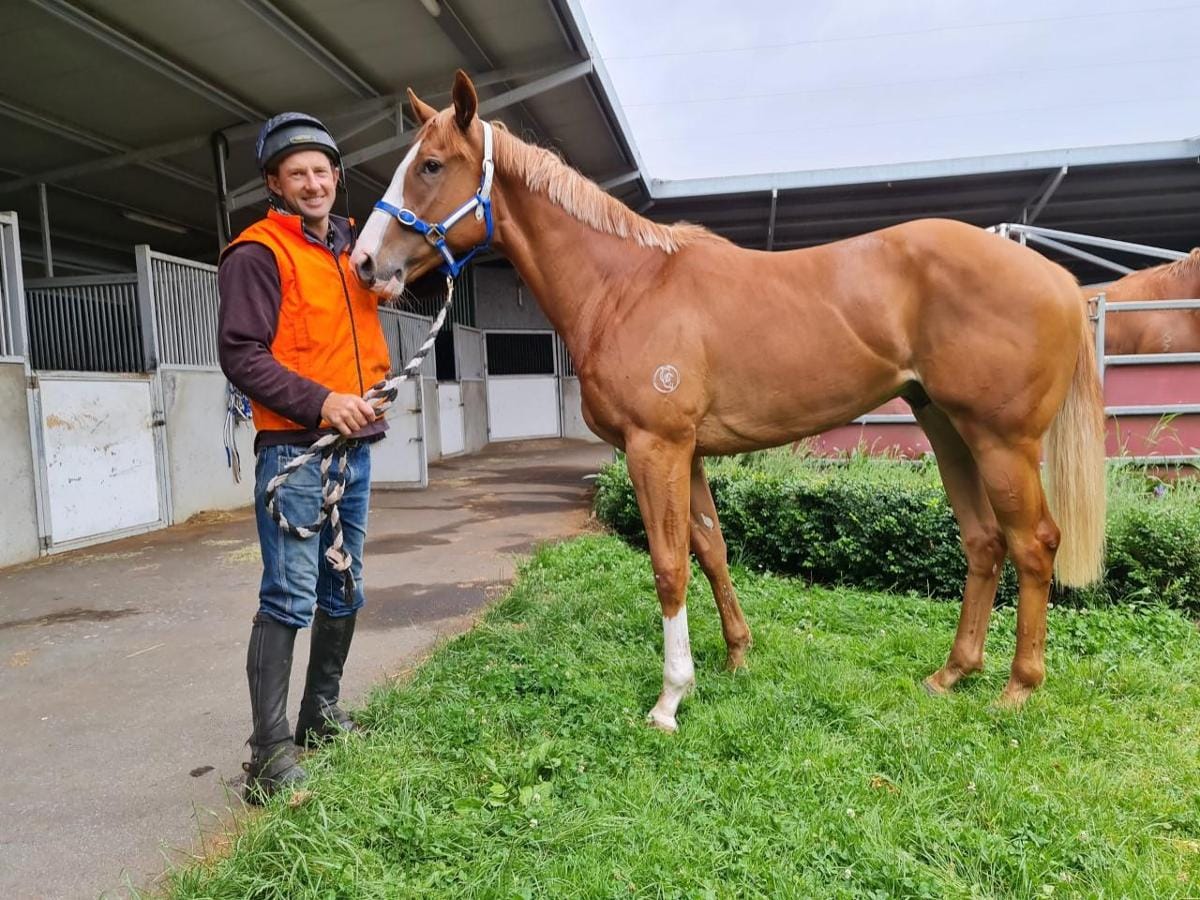
Post-COVID was more damaging to the middle and lower-end breeders, O’Brien said. There was a false boom through COVID, when wagering and ownership increased “because everyone was stuck at home on the couch and wanted some entertainment” but then waned as the world reopened.
“Then came 13 straight interest rate hikes,” he said.
O’Brien said the glittering stories, such as Winx’s $10 million yearling and economy-defying sales averages distracted from the “very tough reality” for most breeders.
A new farm launched in Victoria this year. Named Lovatsville, it is full of ambition, but has emerged in the place, in terms of standing stallions, of Leneva Park, whose flirtation with making sires has come to an end for now.
“The breed-to-race market has all but disappeared. It has been diminishing in the last 20 years. The global financial crisis was the last nail in the coffin. It became terribly expensive for those breeders; the mums and dads who raced a filly, got her in foal cheaply. There are fewer and fewer around” – Bombora Downs’ Christoph Bruechert
Bombora Downs is hanging in there. Defying trend, and perhaps logic.
“We’ve adapted and we do a little bit of everything. We operate on a semi-private basis and the owners of these horses (stallions) want to back their horses and we facilitate that,” Bruechert said.
“But it’s terribly difficult to launch a horse. People breed to race for lots of money and can go to any stallion they like.
“We’ve been adapting for years but this has been coming for some time. I started in the horse industry 45 years ago and there was a much broader base. It’s far narrower now. I think I’ve seen the best of it. It’s become more and more elite.
“The beauty of breeding horses in Australia was that it was accessible to everybody. It’s become less and less so (in breeding).
“I’d like to see far less prize money on offer at the top end and far more bottom end to help the smaller operators. There was a romance in the success story of the small farm that produced the great horse. That’s now almost impossible.”
